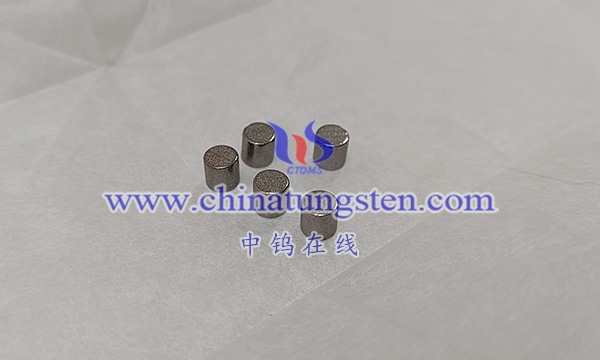In a xenon flash lamp, the main function of the barium tungsten cathode is to act as a cathode to help generate electrons and start the xenon discharge to produce a flash. Here’s what a barium tungsten cathode does and how it works in a xenon flash lamp:
Electron emission: Barium tungsten cathode has the characteristic of thermionic emission, which means that at a certain temperature, it can release electrons. In a xenon flash lamp, a barium tungsten cathode is usually heated, causing it to emit electrons.
Electron Impact: Once electrons are emitted from the barium tungsten cathode, these electrons are accelerated and impact xenon (Xe) gas molecules. This impact ionizes the molecules in the xenon gas, producing free electrons and ions.
Ionization and excitation: The free electrons generated by the impact will collide with xenon gas molecules, causing some of the molecules to ionize and excite. These ionization and excitation processes involve energy transfer, resulting in the transition of the molecule to an excited state.
Deexcitation and Luminescence: Molecules in an excited state will deexcite in a short time, releasing excess energy. This energy is emitted in the form of visible light, producing the bright light of a xenon flash lamp.
Flash generation: The electron emission from the barium tungsten cathode and the interaction with the xenon gas molecules finally lead to the flash effect of the xenon flash lamp. This kind of flash is widely used in scientific research, photography, medical treatment and other fields.

More details of barium tungsten electrode, please visit website: http://tungsten.com.cn/barium-tungsten-electrode.html
Please contact CHINATUNGSTEN for inquiry and order of barium tungsten electrodes:
Email: sales@chinatungsten.com
Tel.: +86 592 5129595






